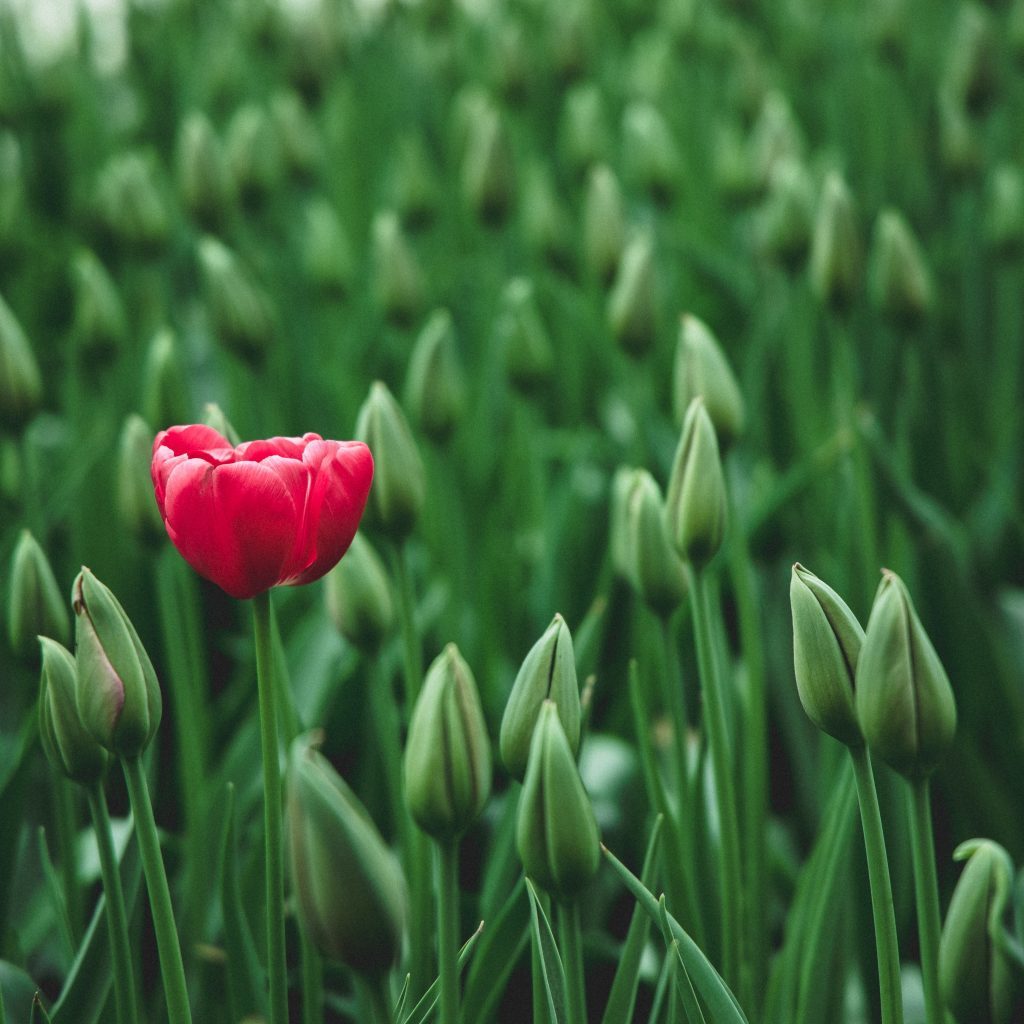Our Current Culture is Choking Out Creativity

With how much innovation and development occur in 21st-century society, it’s easy to assume that creativity follows a similarly meteoric rise. Virtual reality video games. Fusion Cuisine, combining the practices of disparate cultures. Barrier-breaking performance art. All of these experiences take a high level of creativity to conceptualize and see through from the design process to the finished product. But a study from the early 2010s shows that people’s creativity in the United States is not rising, at least not by established psychological measures.
Creativity measures have declined since 1990, at least according to studies that build off the work of the infamous E. Paul Torrance’s Tests of Creative Thinking (TTCT). The TTCT, initially designed as a tool for determining how to best teach children of any ability level, is often used to measure changes in creativity over time through its dual approach of language and imagery.
The assessment of massive TTCT data stores shows some troubling trends: Successive generations scoring lower on creativity during their formative years seems to carry through into the rest of adulthood. This decline in divergent thinking manifests itself in multiple ways, including an inability to expand upon ideas, less motivation for creative endeavors, and an overall reduction in creative expression within our major cultural institutions.
It’s not hard to imagine why a world without creativity should be avoided. Influential artwork, innovative technology, workplace performance, and, of course, human happiness are all inexorably tied to this trait. So, to encourage and incentivize more divergent thinking in our culture, we first need to isolate and stem the bleeding that is happening in the first place.
Namely, why is creativity dropping? It’d be easy to “blame it on the schools,” as some popular speakers might do. But those schools are part of a more complex cultural system created by other grown ups in our work culture.
Why Our Current Work Culture is Choking out Creativity
There are certainly many culprits at the institutional level when it comes to negatively impacting creative expression. The United States’s education system is built upon a foundation of standardization that inhibits divergent thinking, governments are hesitant to fund creative endeavors, and most professional fields prioritize specialization over broad understanding.
But let’s focus a little closer to home (or work): the demands of 21st-century work culture are a major reason why creativity is stifling on a societal scale.
Many people no longer have time (or practice) to sit still and just think. According to Inc. contributor Jessica Stillman, this type of “puttering” around by adults has a similar effect on creativity that unstructured play has for children. But we are now surrounded by highly engaging technology throughout the day, which also means we have access to our work 24/7. There’s simply no escaping those pesky emails or nagging unfinished tasks. It takes a herculean effort – and masterful self-discipline – to unplug.
With the rise in life-, productivity-, and health-hacks, many people fill up every waking moment with activities to boost both career and self. They direct constant physical and mental energy towards accomplishment or personal improvement — or toward trying to accomplish more in less time only to fill in that saved time with more tasks. And this means we’re missing out on the essential experience of boredom.
The Creative Mind Needs Boredom
To many people, boredom is a fate worse than death. We’re so used to the vast oceans of consumable content on social media, streaming platforms, and websites that we begin to panic when it’s time just to sit and think about nothing. But scientists have known for years that boredom is actually beneficial, especially human creativity.
And yet we need to relearn how to be bored well, so to speak. Studies show that the experience of boredom makes people more creative in open-ended tasks. When given less demanding, boredom-inducing tasks, people can let their mind wander and wonder, which kickstarts activity in specific regions of the brain: the default mode network.
It may not be the most romantic of truths about creativity, but boredom and mental downtime are more heavily tied to this expression than any genetic predisposition or ethereal muse, as I describe at Psychology Today.
Default Mode Network
The default mode network is what activates when people are unfocused and the brain is “at rest.” This paradoxical phenomenon is important because it allows typically inactive brain areas to fire in a manner believed to improve creativity and divergent thinking. This type of neural activity is also might be beneficial for other cognitive functions like memory, theory of mind, flow, and self-assessment.
Questioning the “Always On” Work Culture
With a revamped understanding of how important downtime is for our mental processing, overdue changes need to occur in our current work-crazed culture.
Changes such as
- flexible work hours,
- shortened work weeks, and
- workplace training in the practice of tracking wonder, self-efficacy, autonomy, focus, and deliberate daydreaming are some promising developments that can help inject more creativity into society.
When people begin to infuse more unstructured time into their daily practices, they are actually doing more for their creative output than they would by just trying to power through for maximum efficiency—even in the realm of business. Like all muscles, the human mind needs downtime to recover energy, which is as true for divergent thinking as it is for other outputs. For today’s entrepreneurs, artists, and everyone in between, scheduling time for boredom and unrestricted thinking is a must.